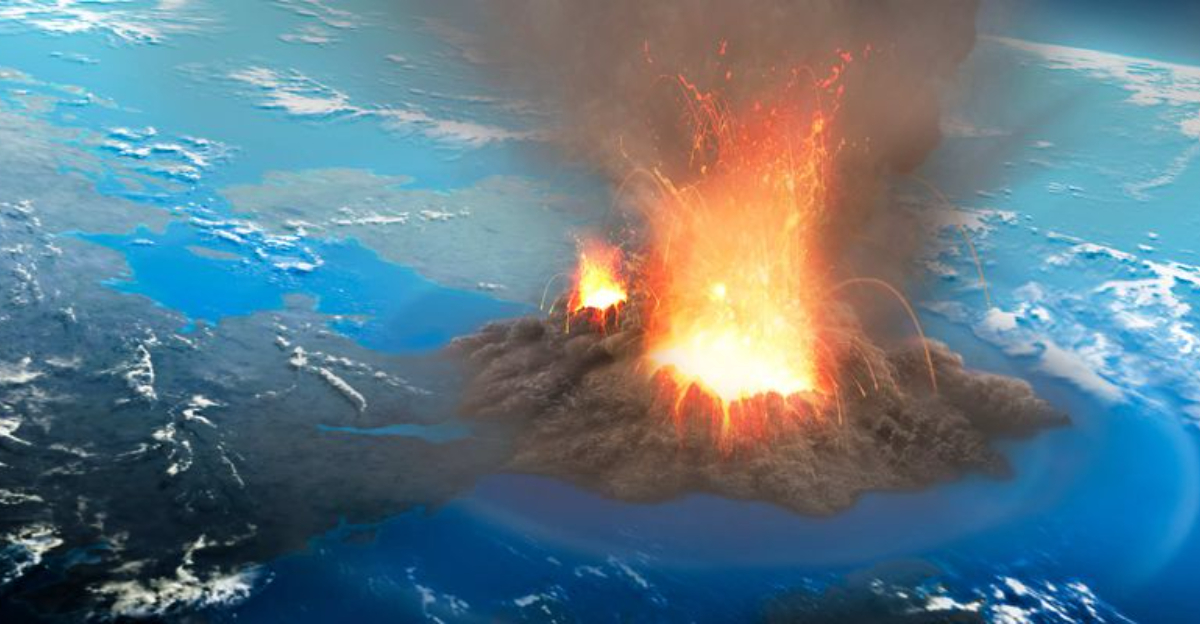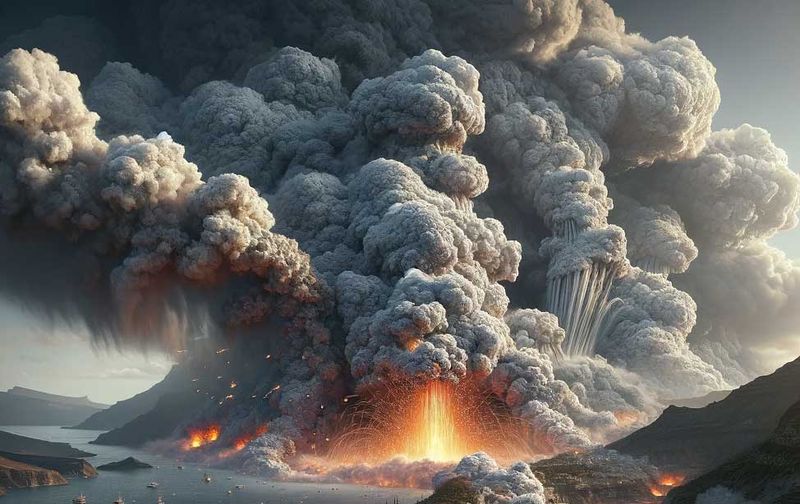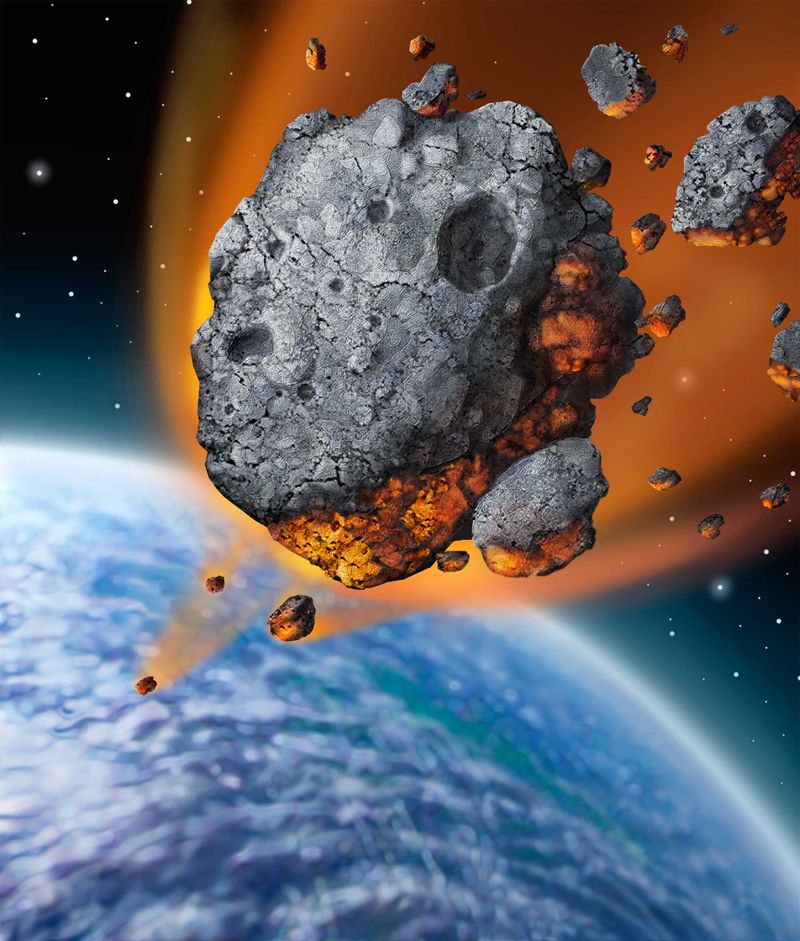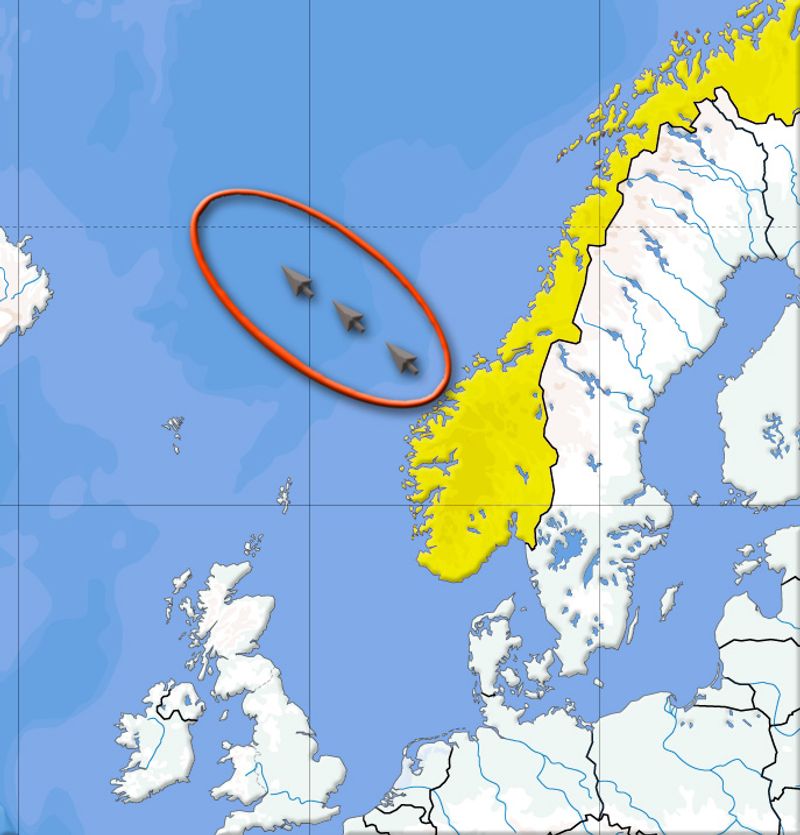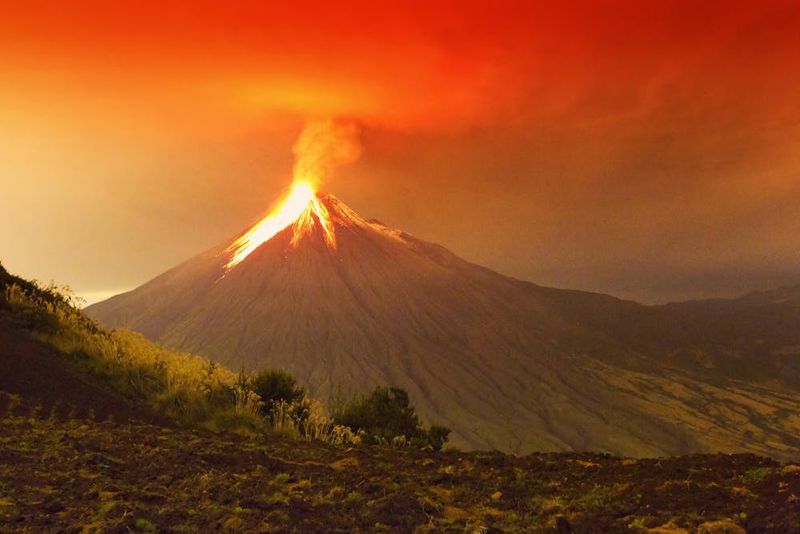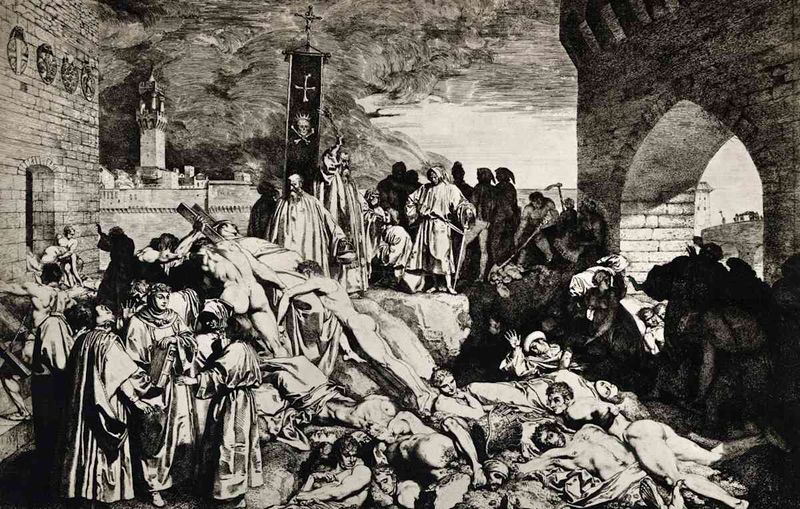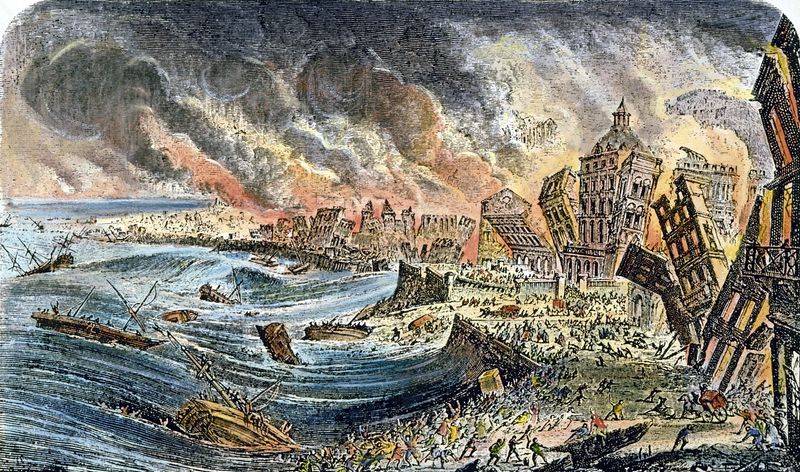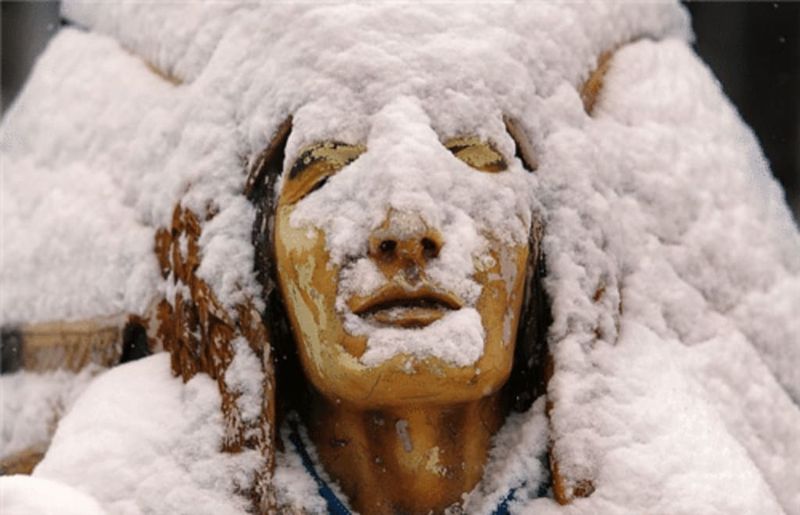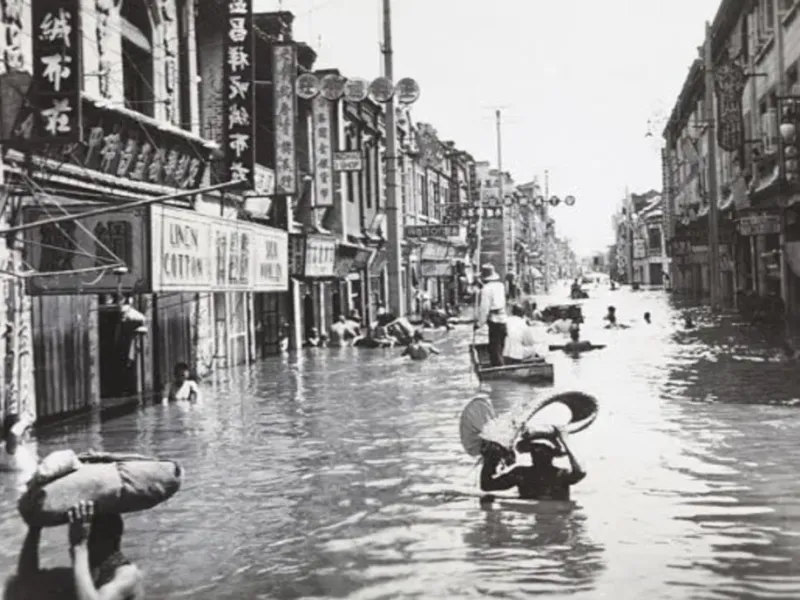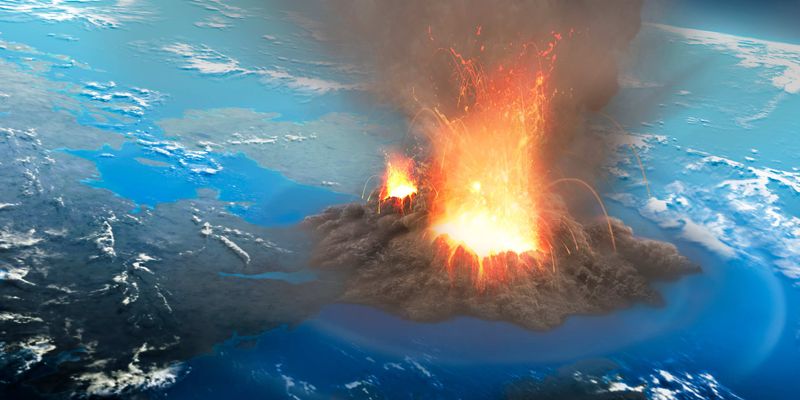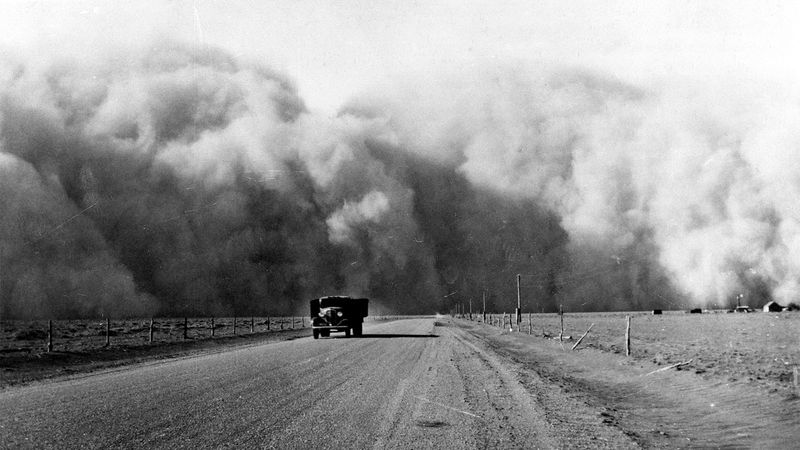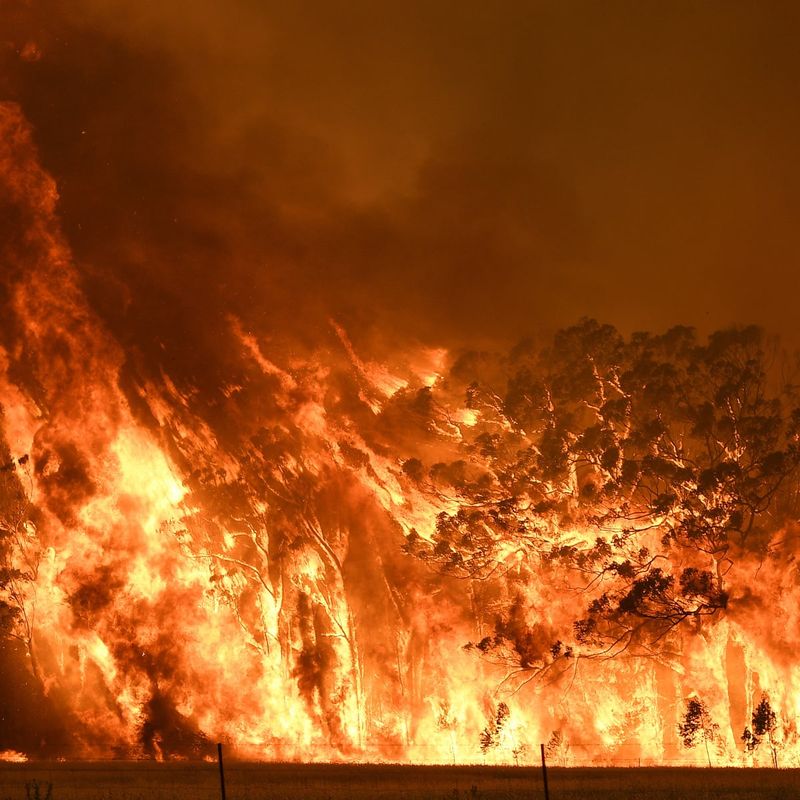Throughout history, natural disasters have struck with such force that they altered the course of civilizations. From volcanic eruptions to catastrophic floods, these events have reshaped societies, economies, and landscapes. Here, we explore eleven such disasters that left indelible marks on human history.
1. 🌋 The Minoan Eruption (~1600 BCE)
In an explosion of epic proportions, the Minoan eruption obliterated Thera, now known as Santorini, around 1600 BCE. This catastrophic event, one of the largest volcanic explosions in recorded history, is believed to have inspired the legendary tale of Atlantis. The powerful eruption and its subsequent tsunamis severely damaged the Minoan civilization, leading to its decline and affecting distant shores like Crete and Egypt. In essence, the Minoan eruption was a catalyst for change, both geographically and culturally.
2. ☄️ The Younger Dryas Impact Hypothesis (~12,800 years ago)
The Younger Dryas Impact Hypothesis suggests that around 12,800 years ago, a comet or asteroid exploded over North America, triggering a mini ice age. This sudden cooling event may have wiped out megafauna like mammoths and saber-toothed cats, forcing early humans to rapidly adapt their lifestyles. Intriguingly, this period is thought to have accelerated agricultural developments, fundamentally transforming human history.
3. 🌊 The Storegga Slide (~6,200 BCE)
A 500-foot wall of water surging across the sea—the Storegga Slide was a submarine landslide in the Norwegian Sea that triggered just such a tsunami around 6,200 BCE. This monumental wave inundated Doggerland, a land bridge between Britain and Europe, submerging it beneath the sea. The sheer size and power of this event may have inspired flood myths in various cultures, echoing through history in tales like that of Noah’s Ark.
4. 🌍 The 535-536 AD Climate Catastrophe
A shroud of darkness enveloped the world for 18 months, beginning in 535 AD, possibly due to a volcanic “double event” involving Ilopango and Krakatoa. This climatic anomaly led to severe crop failures, widespread famine, and even the fall of significant civilizations like Teotihuacan. The Byzantine Empire was not spared either, with the onset of the Justinian Plague. The ramifications were so profound that they may have even contributed to the Maya Classic Period’s collapse.
5. 🔥 The Black Death (1346-1353)
The Black Death swept through Europe in the mid-14th century, leaving devastation in its wake. This bubonic plague killed an estimated 75-200 million people, drastically altering the social fabric. Labor shortages empowered peasants, leading to the end of feudalism, while fear and superstition prompted mass persecution of Jews. Medicine, art, and religion were forever changed, with grim depictions like the Danse Macabre reflecting the period’s bleakness.
6. 🌪️ The Great Lisbon Earthquake (1755)
On a fateful morning in 1755, Lisbon, Portugal, was rocked by an earthquake estimated at magnitude 8.5–9.0. The tremor was followed by tsunamis that ravaged the Iberian Peninsula and reached far-off Caribbean shores. This disaster killed tens of thousands and sparked philosophical debates during the Enlightenment about the nature of God and the universe, famously influencing Voltaire’s satirical work, “Candide.”
7. ❄️ The Year Without a Summer (1816)
The eruption of Mount Tambora in 1815 cast a pall over the following year, known as the “Year Without a Summer.” Global temperatures plummeted, leading to snow in June and widespread crop failures. This climatic chaos resulted in famine and social unrest, while also inspiring artistic works like Mary Shelley’s “Frankenstein,” penned during the gloom of 1816.
8. 🌊 The Great Flood of 1931 (China)
In 1931, the Yangtze River overflowed following cyclones and snowmelt, causing the deadliest natural disaster of the 20th century. Millions perished, and the floods led to famine, disease, and social unrest, weakening China on the eve of World War II. The Great Flood’s magnitude was so vast that it reshaped the nation’s socio-political landscape.
9. 🌋 The Toba Supereruption (~74,000 years ago)
The Toba Supereruption in present-day Sumatra nearly exterminated humanity, causing a volcanic winter lasting several years. This cataclysmic event created a genetic bottleneck, reducing the human population to just a few thousand individuals. It is considered one of the reasons behind the relatively low genetic diversity in humans today.
10. 🌪️ The Dust Bowl (1930s)
The Dust Bowl of the 1930s was a devastating environmental disaster that struck the U.S. Great Plains. Severe drought and poor agricultural practices led to massive dust storms, or “black blizzards,” which buried homes and fields. This crisis forced over two million people to migrate, particularly to California, and prompted the U.S. government to introduce New Deal soil conservation programs.
11. 🔥 The 2020 Australian Bushfires
The 2020 Australian bushfires burned over 46 million acres, an area comparable to the size of Syria. These fires caused unprecedented destruction to wildlife, killing or displacing three billion animals. The smoke circled the globe, impacting air quality worldwide and accelerating discussions around climate change, highlighting the urgent need for environmental action.
